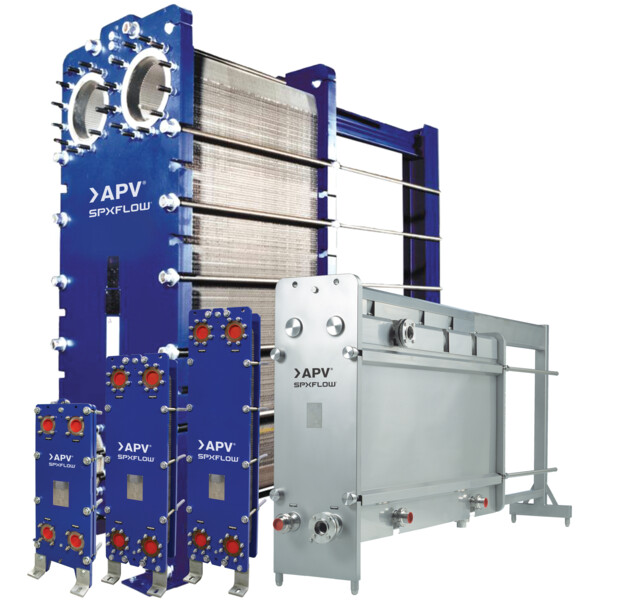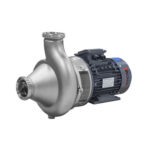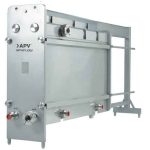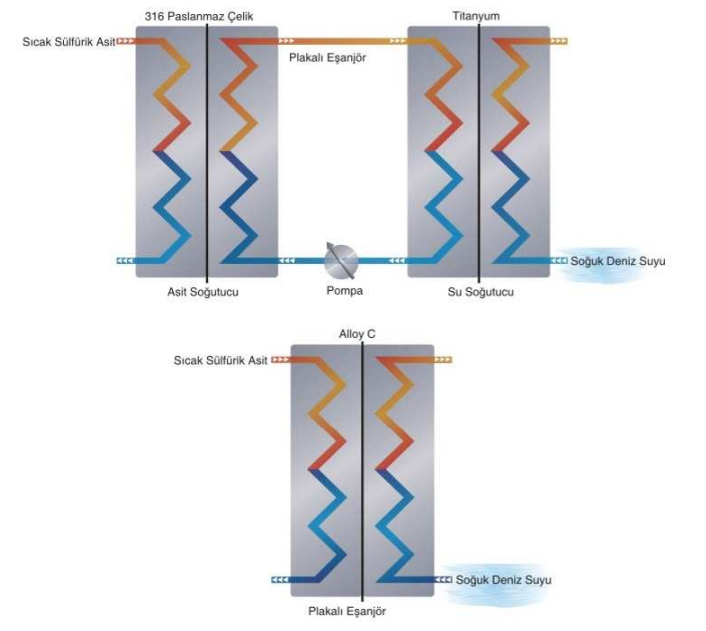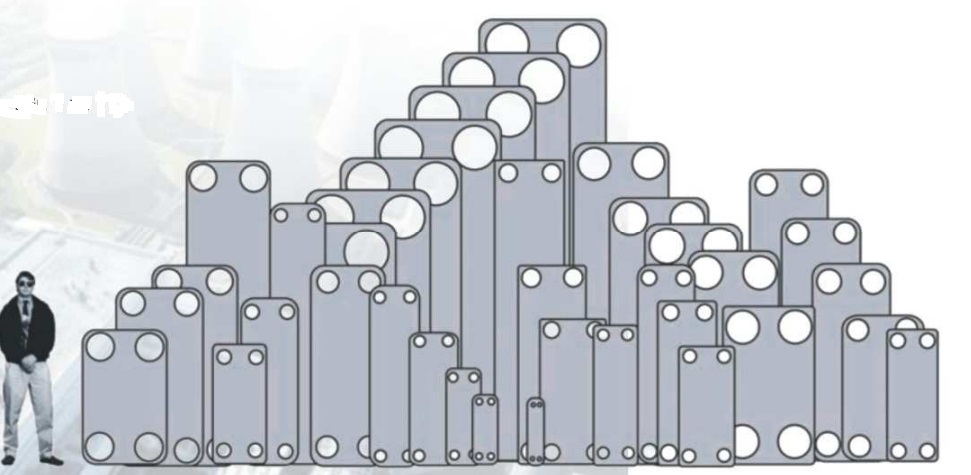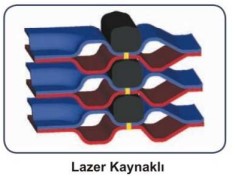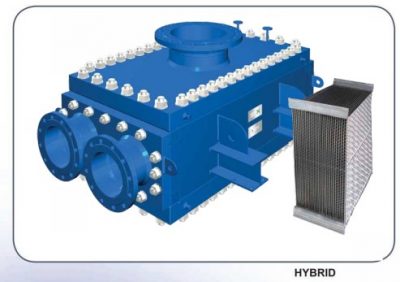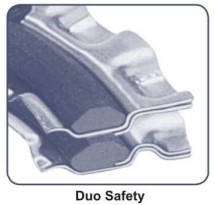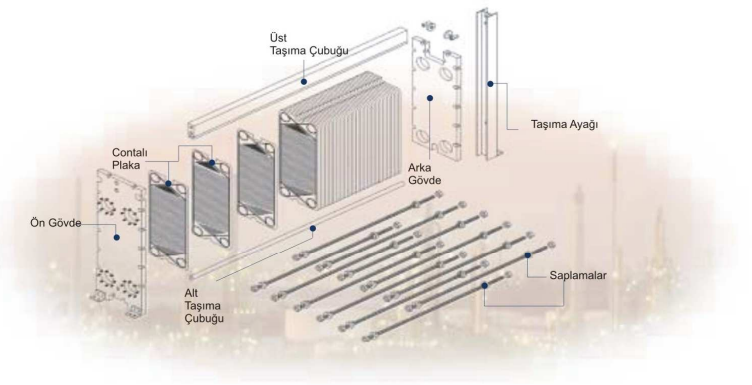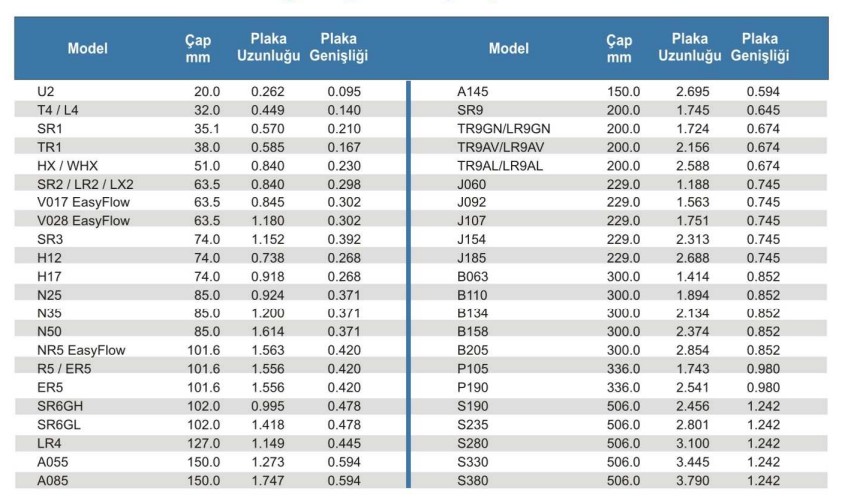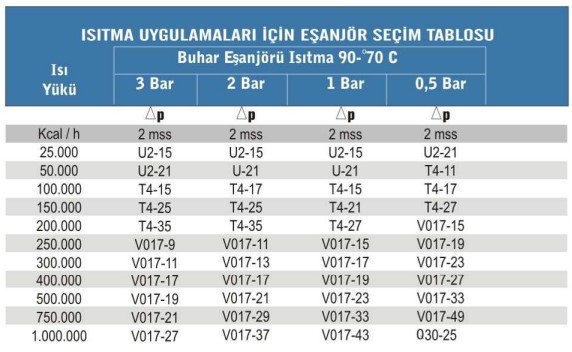Gasketed – Industrial Plate Heat Exchangers
Gasketed – Industrial Plate Heat Exchangers for Industrial Applications.
The global applications for industrial heat exchangers calls for a wide and deep product range, putting great demand on the equipment. SPX FLOW’s portfolio of APV ParaFlow is designed to satisfy your needs, whether this is for very small flows, or the extra-large kind, up to 4500 m3/h. With our selection of materials, connections and accessories, we can supply equipment for practically every heat transfer need. The ParaWeld and Paramine technologies expand the boundaries for gasketed plate heat exchangers. Added our long experience in after sales services, SPX FLOW is your all-round partner for heat transfer.
“Fighting Corrosion and Ensuring Efficiency in the Toughest Applications with Industrial Plate Heat Exchangers”
Our experienced engineers work with you at every step, from system design to inception and beyond guaranteeing your specific product, offering you customized solutions.
Advantages of Industrial Plate Heat Exchangers:
- Variety of plate and gasket options to respond to aggressive fluid applications.
- Required with high thermal efficiency, saving money by reducing the heat transfer area.
- Provides up to 97% heat savings
- Eliminates the complex maintenance required for X-ray, ultrasonic and other non-destructive testing procedures
- Fixed parts eliminate vibration and reduce maintenance
- Lower investment cost compared to traditional piped system
- Space-saving with its compact design
- Reduces lifecycle cost
Plate Heat Exchangers Materials
- Gasket Material
- Paradur (Fluoropolymer)
- Paracent (FDA compliant fluoropolymer
- EPDM
- Silicon
- Paratemp (EPDM hardening of the resin)
- EPDM hardening of peroxide
- Paramine
- Paranile Paracil Paraprene
- Parator
- Plate Materials
- Stainless Steel (Gr. 304, 316, 317,304L, 316L, 317 TI)
- Alloy AL6XN ,
- Alloy 904L
- Alloy 27-7MO
- Alloy 254 SMO
- Nickel Alloys
- Nickel 200
- Alloy G-30
- Alloy B-2
- Alloy C-22
- Alloy C-276
- Alloy C-2000
- Alloy 33
- Others
- Titanium (Gr.1)
- Titanium Palladium (Gr. 7 and 11)
Application Areas of Gasketed, Industrial Plate Heat Exchangers
- Bauxite for Alumina
- Chlorine Alkali
- Coke oven plant applications
- Soda Ash
- Steel Plant Applications
- Mining Applications
- Sulfuric acid
- Titanium dioxide/pigments
- Chloride process
- Zinc Phosphate
- Acrylic Fiber
- Caprolactam (monomer for Nylon 6 production)
- Desulfurization (Desulfurization)
- Ethylene Glycol, Ethylene Oxide
- Formaldehyde Resin
- Crude Oil Purification
- Dehydration/Desalination
- Gas Compression, Gas Purification
- Oil/oil/water separation
- Oil and petroleum production
- Polyester, Polyol, Polystyrene, PVC
- Alkylation
Plate Heat Exchangers Construction
Body-Frame
The part that holds the Plate Bundle properly and ensures that the gaskets are squeezed within the plate bundle.
Body Elements
- Front and rear body
- Upper and lower carrying bar
- Studs
- Rear Carrying leg
Platepack
Platepack is a collection of plates between the front and rear body, arranged in a certain order and forming the heat transfer area, with the help of studs given a geometry that will increase heat transfer.
- Edge inlets allow hot and cold fluids to pass between the plates.
- Gaskets located along the edges of the plates prevent the fluids from mixing and the exchanger from leaking the fluids out.
- A wide range of plate geometry and thickness ensures optimum thermal efficiency and capacity.
- As a result of joining the plates at different angles, it is possible to obtain high turbulence and film coefficient even at low flow rates.
- It is available in our channel plate designs for fluids containing particles.
- The plate material is designed depending on the type and temperature of the fluids.
- Providing solutions with high heat transfer to different processes thanks to single and multi-pass plate arrays
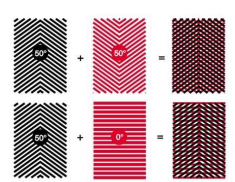 By combining the plates pressed at different angles, it is possible to obtain different flow rates in a single Plate Heat Exchanger, and the thermal efficiency and heat transfer capacity can be increased.
By combining the plates pressed at different angles, it is possible to obtain different flow rates in a single Plate Heat Exchanger, and the thermal efficiency and heat transfer capacity can be increased.
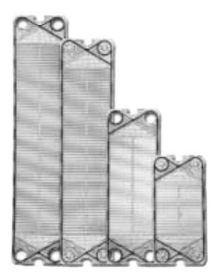 Gaskets
Gaskets
Thanks to the gaskets nested in the transition points of the plates, the gap between the two fluids is double sealed. Thus, mixing of fluids with each other is absolutely prevented.
Welded Plate Pairs
APV’s laser welded plate pairs have a wide range of plates for the chemical processes and refrigeration industry. Therefore, it is a suitable alternative to all other welded and tube heat exchangers. Plate pairs are suitable for evaporation and condensation applications. It is a suitable solution for aggressive fluids against sealing in the chemical industry.
APV HYBRID
It provides a heating surface density of 250 m2/m3 with its compact design. It provides heat transfer in gases as well as special fluids. Another advantage over tube heat exchangers is the high economic efficiency of the APV HYBRID Heat Exchanger. Significant cost reductions are possible by using less material with higher grade alloys. – Working conditions -200°C +900°C) – Working pressure: 60 bar
- Completely gasketless
- 6000 m2 Heat transfer area per unit
- igh heat transfer even at low pressure losses
- Self-cleaning with high turbulence
Duo Safety Plate Heat Exchangers
APV’s Duo safety Plate system will provide you with protection against mixing fluids within the plates as a result of plate cracks. Thus, the leakage in the plate cracks will be forced out of the plate heat exchanger. This patented product arises from the formation of a single plate by joining two identical plates to each other without welding. Each double plate is sealed with a non-adhesive Para-Clip gasket.
Other Advantages
- 100% visual detection
- The plates can be separated for easy cleaning on both sides during cleaning.
- Flexibility to use different Gasket and Plate material in plate pairs, For example: Stainless Steel / Titanium plates or EPDM / Viton gaskets
Where are industrial plate heat exchangers used?
Industrial plate heat exchangers are used for heat transfer of liquids in industrial facilities. It is used to provide temperature control and energy efficiency in sectors such as chemistry, food, energy and HVAC. These exchangers have a wide range of applications with their compact structure and high efficiency. Industrial plate heat exchangers are used in most cases for Domestic Water Heating.
